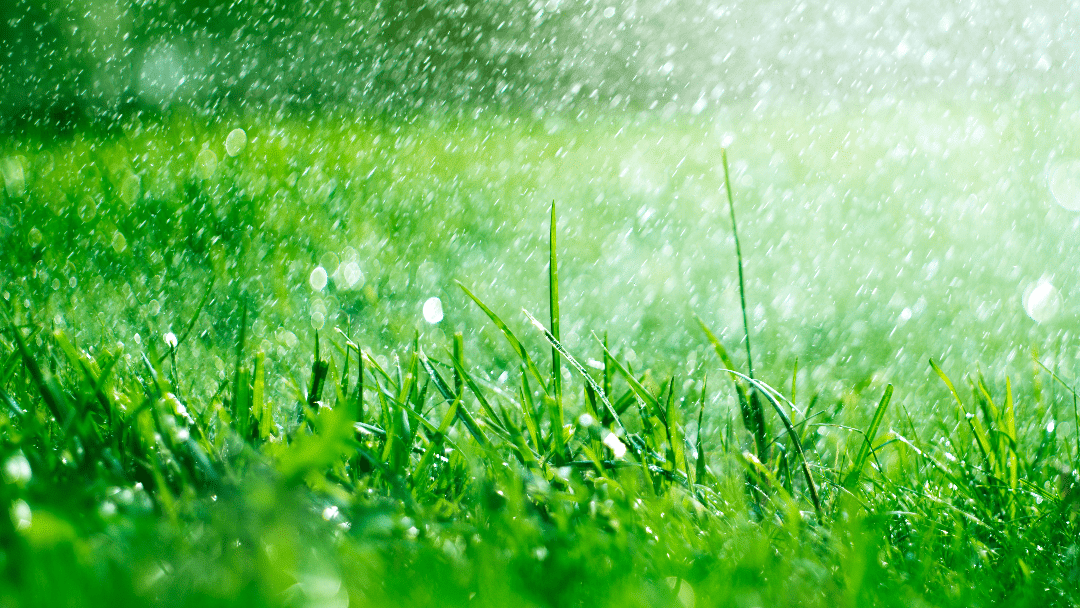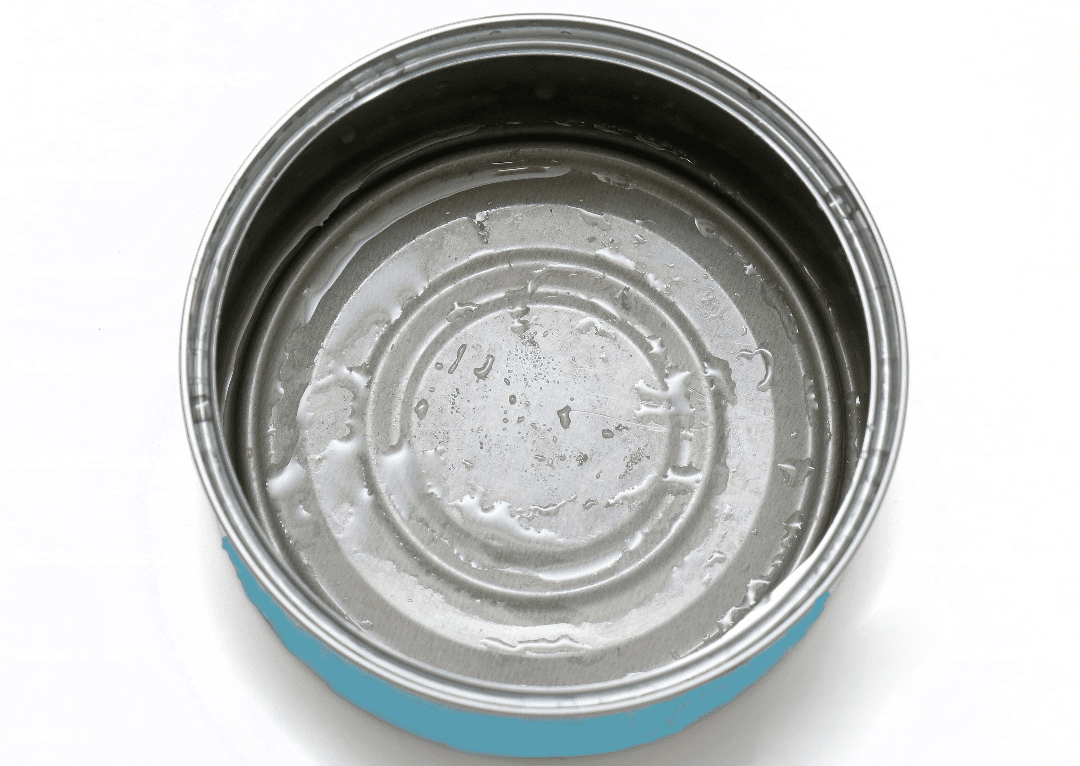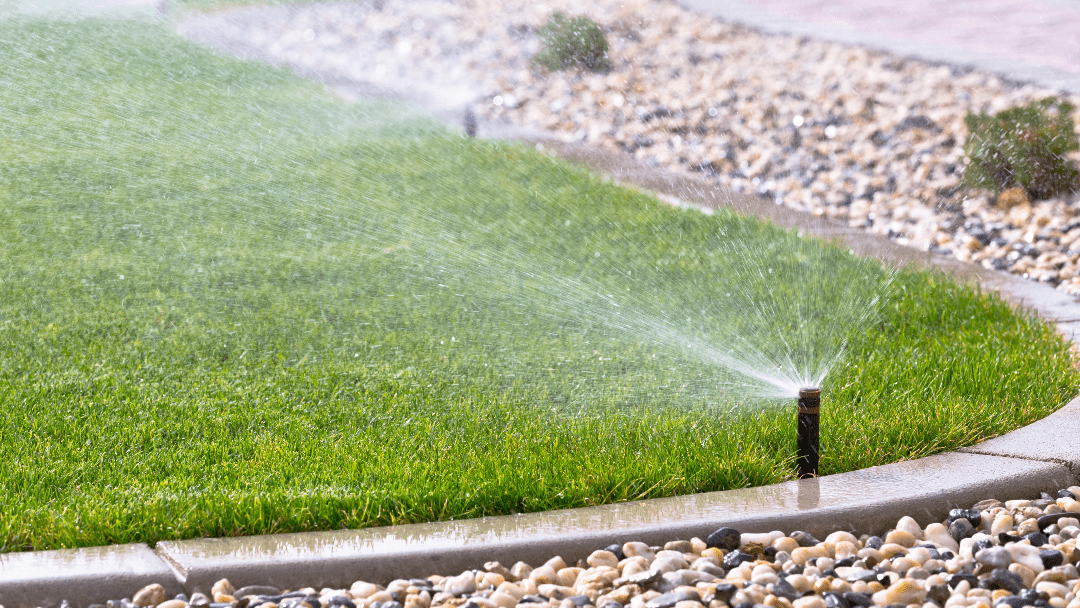Do I need to water my lawn?
The simple answer is yes. If maintaining healthy, green turf is important to you, watering should become a part of your lawn maintenance. Typically, watering during the spring is unnecessary because Northeast Ohio gets plenty of rain. Once there are less than 1-1.5 inches of rainfall per week, you should start watering; this is normally mid-June but varies each year. You can find many sources on the internet that say you need to water your lawn all year round. While this is certainly beneficial, it isn’t necessary in our climate. You can still have a healthy lawn if you chose to limit your water usage and only water in the summertime when it is the hottest.
How can a tuna can help?
People often struggle with how much and how often to water. It is best to water deeply once a week (or twice a week if it is unusually hot and dry). Using small amounts of water several times a week will not allow the grasses’ roots to grow deep into the ground. When they remain close to the surface, they have less access to water and will need constant irrigation to stay healthy.
Lawns typically need 1-1.5 inches of water per week. To make sure your lawn is getting enough water, place empty tuna cans in the areas you are watering and stop when they fill to 1-1.5 inches. (Alternatively, you can buy a permanent rain gauge to monitor precipitation or test your watering.) This can take 15-30 minutes, depending on what you use to water. Once you establish how long this takes, that is how long you should water for 1-2 times a week. If you have an irrigation system, use this method to make sure it is correctly timed and evenly watering your turf.
What time should I water?
The earlier you water your lawn, the better. Afternoon watering is less efficient (and frankly, wasteful) because it is so hot that some water will evaporate in the mid-day sun before it even hits the roots of your grass. Early mornings provide a cool window for effective watering and adequate absorption. If you miss the early morning window, it is okay to water in the early evening as temperatures fall and the sun is less intense, but watering late at night can support fungus growth.
Is it possible to overwater my lawn?
Although overwatering your lawn is possible, you shouldn’t have to worry about it if you follow the steps in this post. Too much water can drown the roots of your grass and contribute to root rot, fungal growth, and more weeds. You might also notice your lawn yellowing or accumulating thatch. If this occurs, implement the tuna can test once more to monitor and adjust your watering. If the problems don’t go away on their own, consider lawn aeration and de-thatching.
The Bottom Line
Your lawn needs at least 1-1.5 inches of water per week. If it is not getting this water via precipitation, it needs to be watered. Place empty tuna cans around your yard and note how long it takes to accumulate 1-1.5 inches in the can. This is how long you should water once a week (or twice if it is unusually hot and dry.) Water in the early morning for best results.


